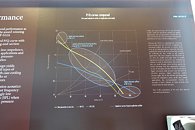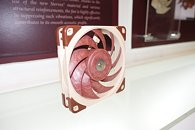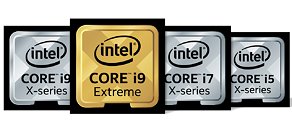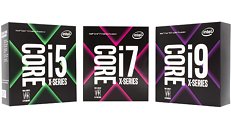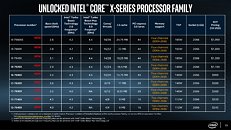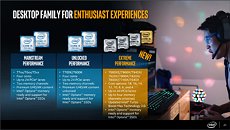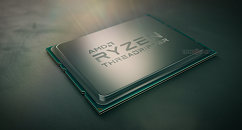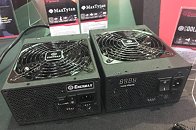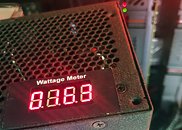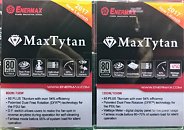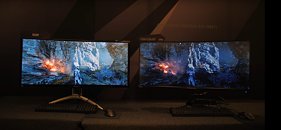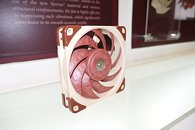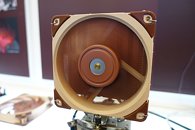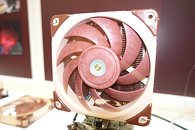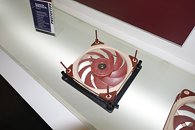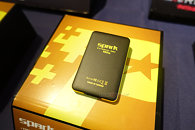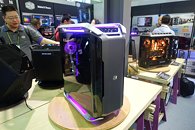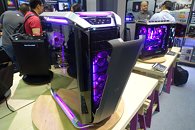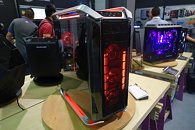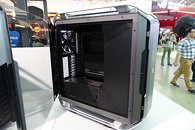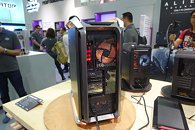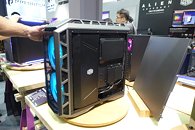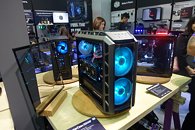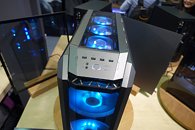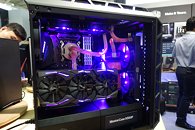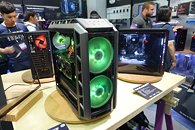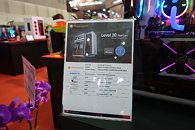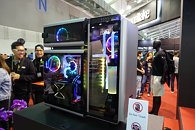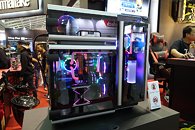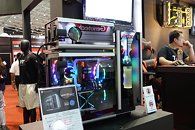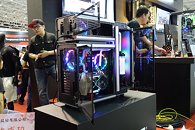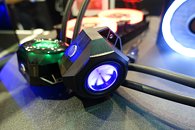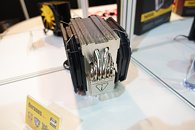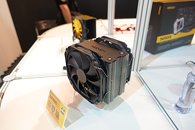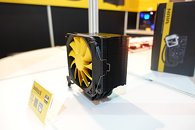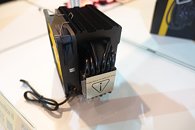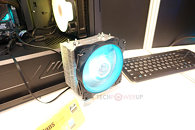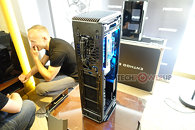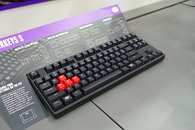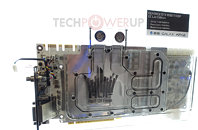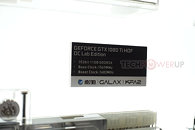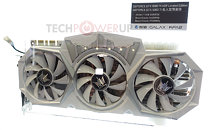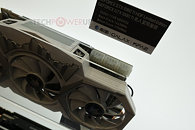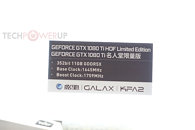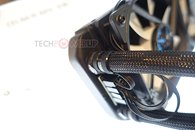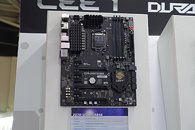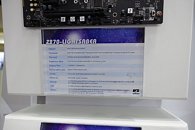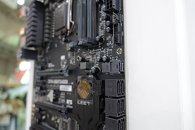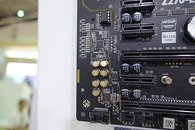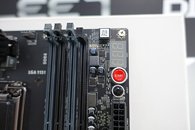
Noctua Tease Their Impending Sterrox-Made, A-Series, NF-A12x25 Fan
Noctua has started teasing for the upcoming launch of their latest-generation fan design, based in more than four years of development on new materials that shed some of PBT's known weaknesses. The new fan line was first announced at Computex 2017, and at that time, the development resources poured into the project were well over more than four years and 200 test designs (we already wrote an exhaustive piece on these new fans, if you want to know more or need a refresher).
Noctua says these new fans will be twice as good as their existing ones; the company showed at Computex 2017 how a single A-series fan achieved identical temperatures to a setup which used two NF-F12 fans on the same processor, workload, and heatsink. And you thought the NF-F12 were good already, right? There's no actual release date for now, but there's a teaser image of the packaging doing the rounds already - and if that's that far along finished, then we're certainly not that far away from release. Here's hoping pricing will be competitive - but perhaps it needn't be, considering the expected performance - and the fact that Sterrox, the compound used in their manufacturing, is four times more expensive than common PBT.
Noctua says these new fans will be twice as good as their existing ones; the company showed at Computex 2017 how a single A-series fan achieved identical temperatures to a setup which used two NF-F12 fans on the same processor, workload, and heatsink. And you thought the NF-F12 were good already, right? There's no actual release date for now, but there's a teaser image of the packaging doing the rounds already - and if that's that far along finished, then we're certainly not that far away from release. Here's hoping pricing will be competitive - but perhaps it needn't be, considering the expected performance - and the fact that Sterrox, the compound used in their manufacturing, is four times more expensive than common PBT.



